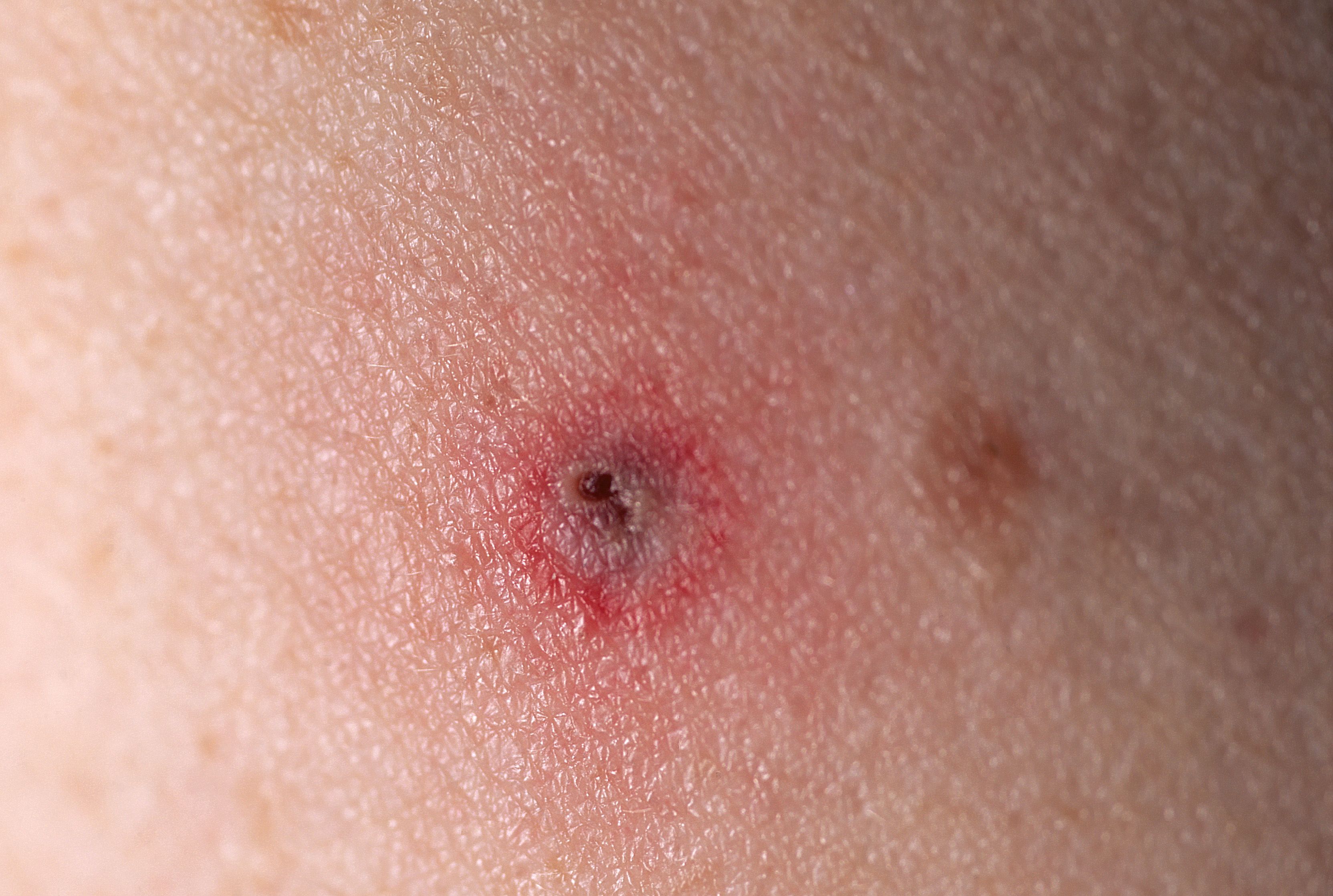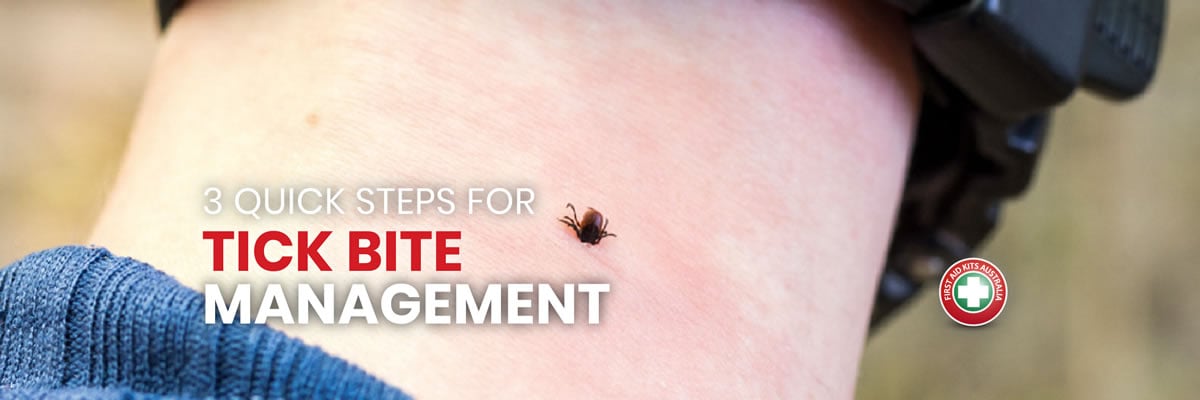
“Tick bites are difficult to detect compared to mosquito bites since the reaction from a bite can vary from person to person,” says board-certified dermatologist Ife J. Obviously, ticks aren’t the only bugs that can bite you and leave a mark. Getty Images How can you tell a tick bite from a mosquito bite? The longer they’re feeding, the bigger they get-and the greater the risk of transmitting disease.Īn infected tick bite on a man’s stomach. The biters also secrete a cement-like substance around their mouths to keep them stuck even if they were to be, say, absentmindedly scratched at.ĭepending on where the tick is in its lifecycle-larva (baby, six legs), nymph (eight legs), or adult stage (full-sized critter)-it can stick around anywhere from three to six days, Mather says. The mouth of a tick contains a bunch of backward-pointing barbs that they use to stay put, meaning they are “designed to lock and load,” as Mather puts it. “Ticks are designed to linger when they attach and bite,” says Mather. Your best bet is to find the tick while it’s still on your skin. While someone may have a small, red bump after the tick detaches, others may develop an area of redness and itchiness. The signs of a tick bite actually vary from person to person, since everyone’s immune system reacts differently to them, explains Thomas Mather, Ph.D., director of the University of Rhode Island’s Center for Vector-Borne Disease and Tick Encounter Resource Center.
#Early stage tick bite professional
Individuals should consult a qualified health care provider for professional medical advice, diagnosis and treatment of a medical or health condition.An attached female dog tick that has grown bigger from feeding. This information is provided for general education only. Updated February 2023 by Kanika Monga, MD, and reviewed by the American College of Rheumatology Committee on Communications and Marketing.

Follow up regularly with a rheumatologist to help recovery. If infected, rest and pace activity until symptoms improve with treatment.

Remove a tick by squeezing its head with tweezers and pulling it off the skin. Regularly check for and remove ticks from skin.
#Early stage tick bite skin
Use insect repellents on skin or clothing when walking outdoors. When outdoors, wear light-colored clothes to easily spot ticks, long sleeves and pants tucked in at the hems. The best way to prevent Lyme disease is to lower the risk of tick bites. Only people with active, ongoing infections should get additional antibiotics to treat post-Lyme disease syndrome. This is called post-Lyme disease syndrome. If not treated properly, chronic effects of the infection include fatigue, poor sleep, and muscle and joint pain. Antibiotics are a successful treatment for most people with Lyme disease. If arthritis persists, or patients have heart or brain involvement, intravenous antibiotics may be needed. Patients with later disease who develop Lyme arthritis may need 4 weeks of oral antibiotics. Early disease may be treated with 2-3 weeks of oral antibiotics. Lyme disease infection usually clears up if it is caught and treated early with certain antibiotics.

Only people with Lyme disease symptoms should be tested, as false results are possible. A rheumatologist diagnoses Lyme disease by running two blood tests: enzyme-linked immunosorbent assay (ELISA) and a Western blot. If the brain is involved, signs include trouble with memory or concentration. In some cases, the infection can reach the heart, slowing the heartbeat. Stiff neck, painful nerve inflammation and facial paralysis are possible symptoms. Symptoms include rash, fever, joint and muscle pain, and headaches. Three days up to a few weeks after a tick bite, people may notice a small red mark that widens into a ring-shaped rash that looks like a bull’s-eye. The infection can spread if untreated, affecting the nerves and even the heart. Lyme disease can cause symptoms like a red, ring-shaped rash in its first stage, and later joint pain and swelling called Lyme arthritis. People who spend a lot of time outdoors are more susceptible to tick bites, especially in warmer months. Lyme disease is most common in the Northeast and Middle Atlantic, Upper Midwest, Northern California, and Pacific-Northwest. Deer ticks and Western blacklegged ticks can bite humans and pass on the infection. Lyme disease is an infection caused by the Borrelia burgdorferi bacteria.


 0 kommentar(er)
0 kommentar(er)
